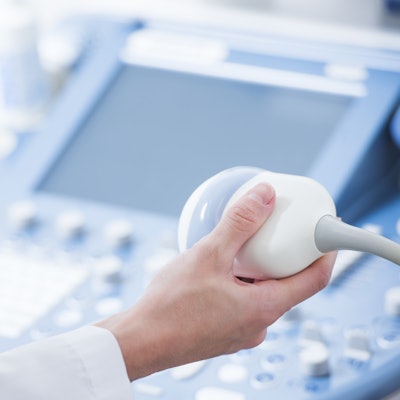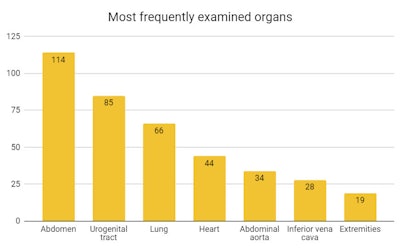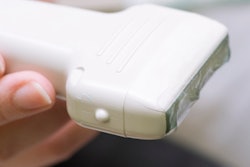
In remote parts of Germany, point-of-care ultrasound (POCUS) is enabling doctors to provide faster and more accurate diagnoses and treatments to patients in the community, helping to reduce hospital stays and the financial cost for the health system, particularly among the elderly.
POCUS can now play an important role in many situations, especially in the initial assessment of trauma and acute cases, explained Dr. Hendra Lo and colleagues from the Institute of Clinical Ultrasound, Brandenburg Medical School Theodor Fontane, Neuruppin, Germany, in a poster presentation at the recent EuroSon congress in Granada, Spain.
"Demographic change, urbanization, and the shortage of physicians in rural areas of Germany are causing difficulties in gaining access to medical care, especially for the older population," they noted. "With the further development of portable ultrasound devices, clinicians are able to treat patients faster and more accurately in a preclinical setting."
In palliative care, POCUS has improved outpatient care by assisting with procedures such as bedside pleural effusion punctures, thereby reducing the burden on the healthcare system. Also, in countries like Australia or Kenya that have a low density of physicians and large distances between hospitals and patients, portable ultrasound has been successfully used for several years, the researchers added.
Pocket-sized devices
A portable ultrasound device is the same size as a smartphone, and with a touchscreen, color-coded duplex function, and a vector and linear probe, the Vscan Extend device from GE Healthcare can handle almost any clinical scenario, they wrote.
To investigate the possible applications and additional benefits of POCUS, the team conducted a study among palliative care physicians, general practitioners, emergency physicians, and nurses during 2018.
After a three-hour introductory workshop and two weeks of individual training by a study instructor that included home visits to patients, each participant used a portable ultrasound device for at least six weeks. Participants documented the symptoms, exam results, and changes in treatment (e.g., acute interventions, new medication) in a standardized data-entry form.
Of the 96 general practitioners and palliative care physicians in Northwest Brandenburg, 13 attended the workshop and took part in the study. Three of the participants were inexperienced in ultrasound and needed prolonged supervision.

The most-examined organs are shown in the figure. Pain (37%) and shortness of breath (22%) were the most common symptoms. The most frequent diagnoses were ascites (33 cases), pleural effusion (25 cases), choledocholithiasis (12 cases), and liver condition (nine cases).
A total of 74.4% suspected diagnoses were confirmed using POCUS, and it influenced further treatment in 50.3% of cases, particularly concerning decisions on medication (dose adjustment) and inpatient admission.
For various reasons, too few patients could be included from emergency medicine, according to the authors. Considerable bureaucratic hurdles hampered the use of POCUS in this group.
Looking to the future
Another training program for nonphysicians is now underway, and further evaluation is in progress. The motivation levels remain high, but the shortage of highly qualified medical staff in rural areas may pose difficulties for the implementation of POCUS. The group plans to use mobile ultrasound devices in a live conference call to an ultrasound expert who remains in the clinic.
"Not only will the ultrasound images be transmitted live to an expert, but also it will simultaneously enable a visual impression of the patient, the handling of the ultrasound device, the guidance of the probe, as well as a voice connection in a live chat between the onsite practitioner (possibly a nonphysician) and the ultrasound expert," they added.
Overall, the work shows that an adapted training program is well suited to enable even less-experienced physicians to safely handle a portable ultrasound device to answer simple clinical questions, they concluded.



















